Linux is renowned for its flexibility and adaptability, and one of the aspects that enables users to personalize their Linux experience is the desktop environment. A desktop environment in Linux determines the graphical user interface (GUI). It provides users with a visual way to interact with their Linux distribution, offering features such as icons, toolbars, wallpapers, and desktop widgets. Popular Linux desktop environments include GNOME, KDE, XFCE, and LXDE, each with features and visual styles. This article explores 20 Linux desktop environments known for their user-friendly interfaces, each offering distinctive features and styles.
1. GNOME
GNOME stands out as one of the Linux desktop environments due to its intuitive user interface. With its design, GNOME prioritizes simplicity and ease of use, catering to users with varying experiences. Whether you’re a beginner or an experienced Linux user, GNOME provides an environment that enables smooth navigation. Its popularity speaks volumes about its ability to deliver appealing, user-centric experiences on the Linux platform.
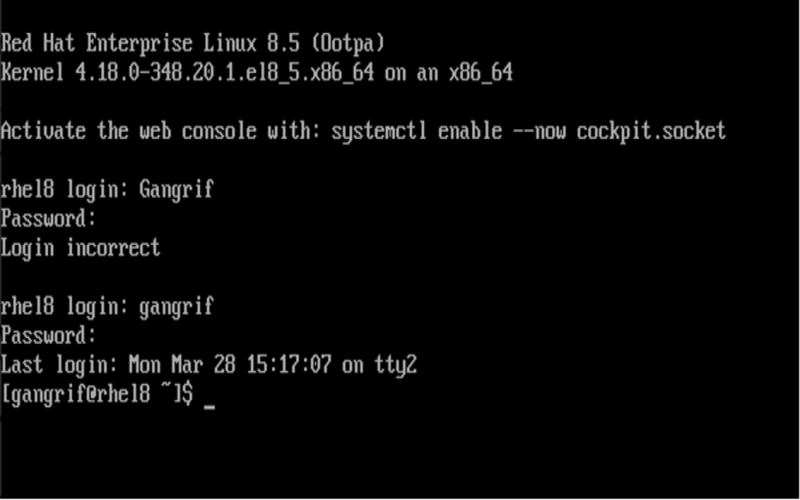
2. KDE Plasma
KDE Plasma offers a user interface, making it a preferred choice among advanced users. It boasts a feature-rich interface with customization options and applications.
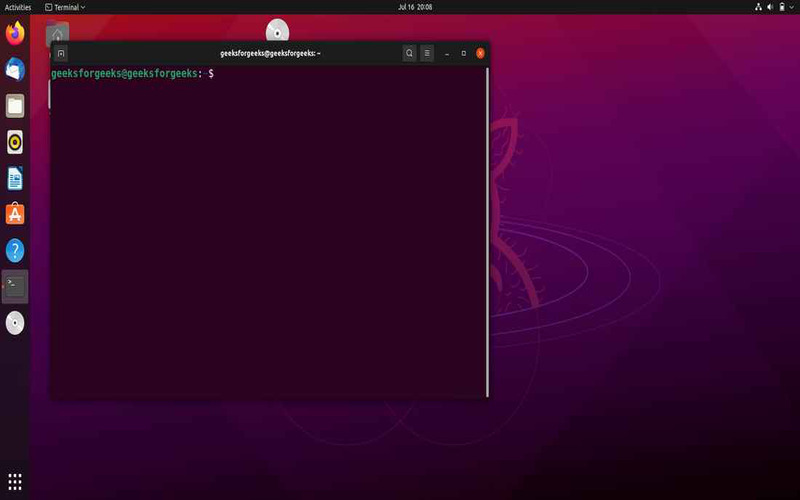
3. Cinnamon
Cinnamon, a popular desktop environment, offers a customizable experience reminiscent of Windows. With a taskbar, desktop icons, and a customizable menu, it caters to users transitioning between operating systems. Its user-friendly interface and familiarity make it a choice for those seeking a seamless switch.
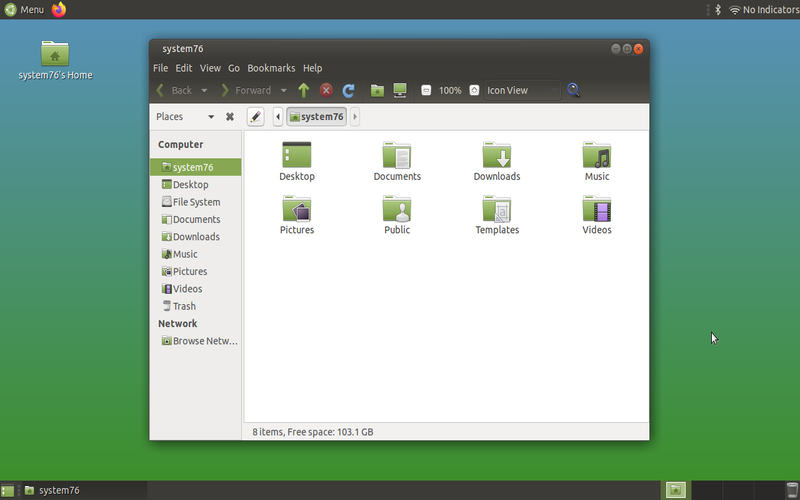
4. XFCE
XFCE is a desktop environment that prioritizes speed and efficiency, making it an ideal choice for those seeking performance for older hardware or users who prefer snappy performance. It offers a simple interface with essential features.
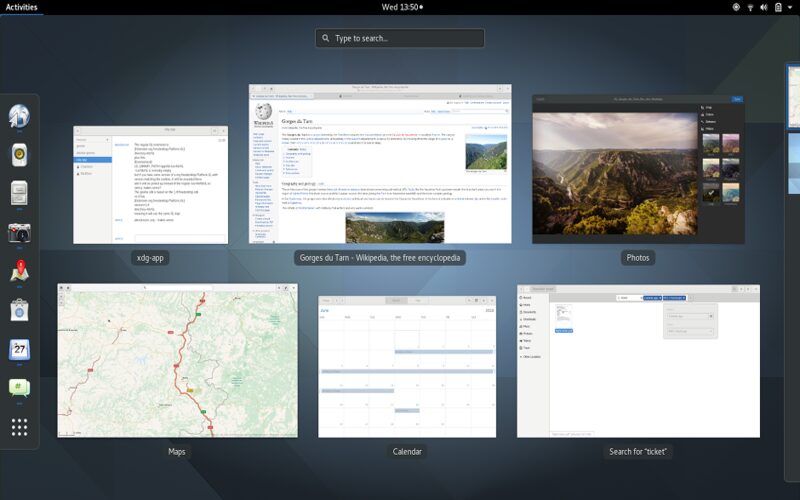
5. MATE
MATE is a modified GNOME 2 desktop environment, offering users an interface with familiar menus and customizable panels. It is known for its reliability and user-friendly design.
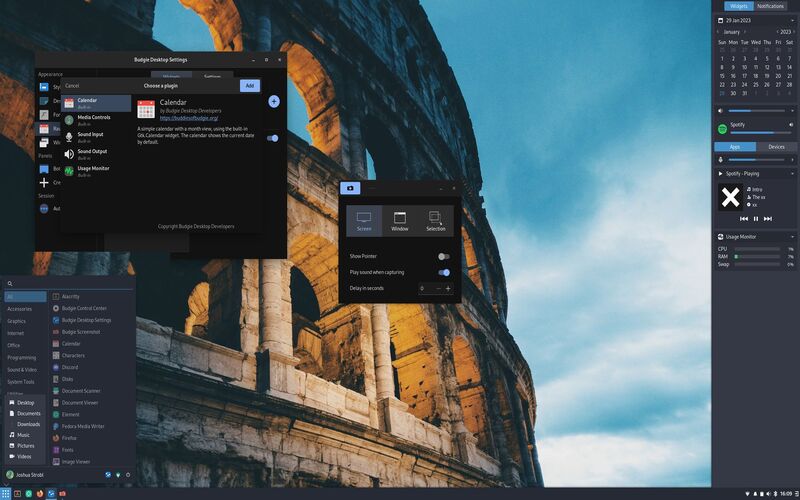
6. LXQt
LXQt, a modular desktop environment, prioritizes speed and usability. It offers a visually pleasing interface while minimizing the strain on system resources. It strikes a balance between aesthetics and performance. LXQt provides a user-friendly experience for those looking for a lightweight desktop environment.
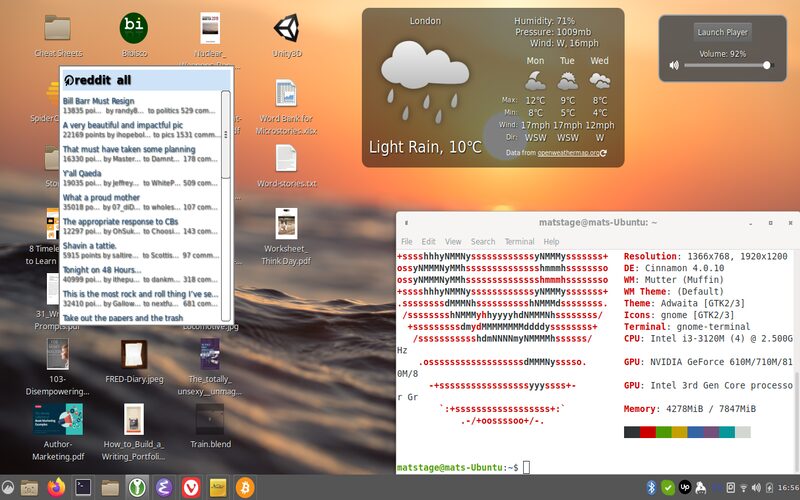
7. Deepin
Deepin presents users with a desktop environment that focuses on elegance and simplicity. Its unique interface offers gestures and stunning visual effects, creating a user experience.
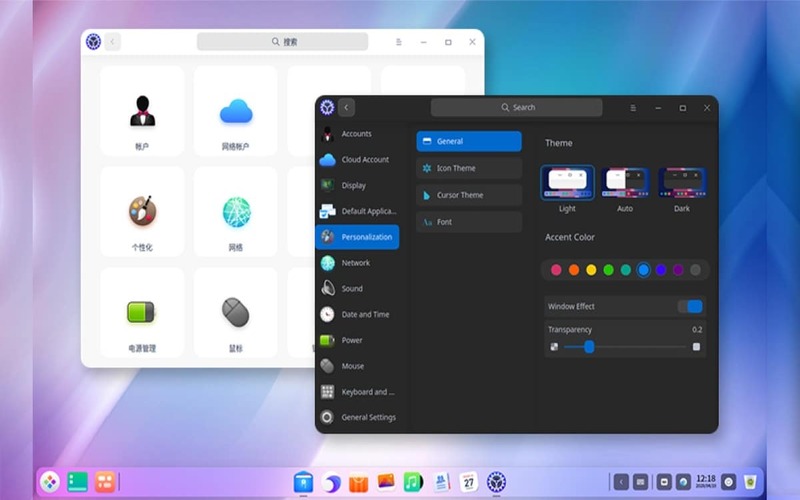
8. Budgie
Budgie, developed by the Solus Project, is known for its emphasis on cleanliness and minimalism. The desktop environment features an integrated panel and an applet system for users to customize and personalize their interface. These design choices result in a sleek and user-friendly experience for Budgie users.
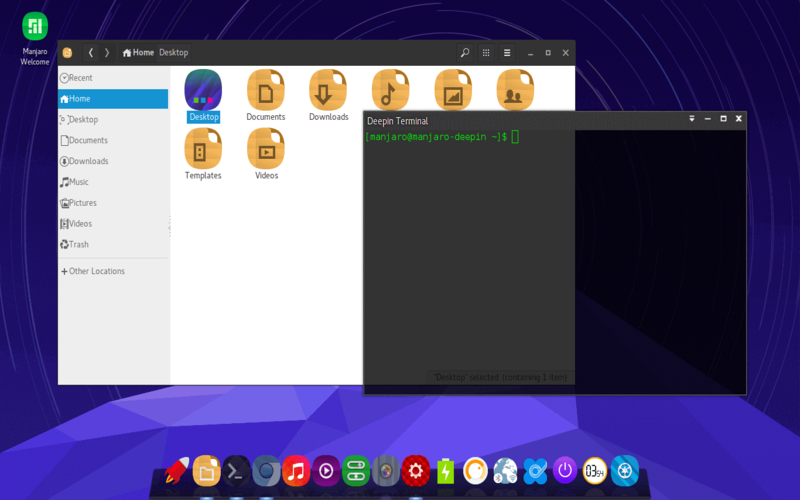
9. Pantheon
As the default desktop environment, OS Pantheon boasts a sleek and intuitive user interface that prioritizes simplicity and elegant design. Its appealing elements closely resemble macOS, providing users with a modern desktop experience that enhances their overall satisfaction.
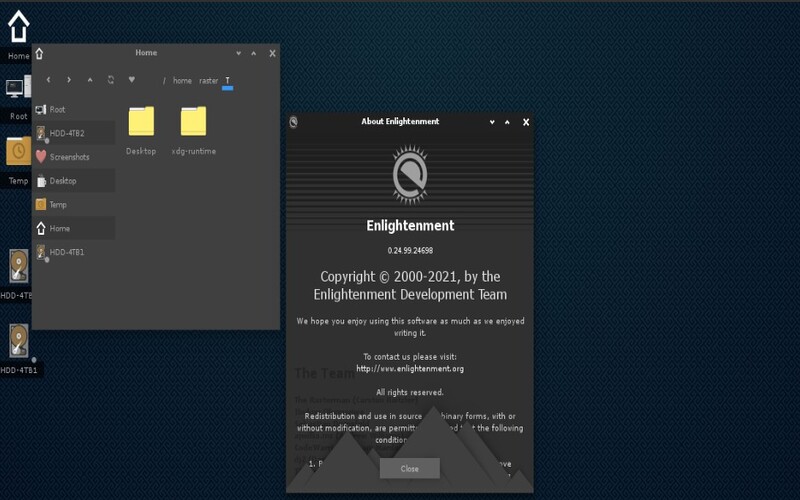
10. Enlightenment
Enlightenment stands out as a visually breathtaking desktop environment. The user interface of this product is designed to be visually appealing and offers a range of customization options to enhance the experience.

11. Regolith
Regolith is a Linux distribution based on Ubuntu. It uses the i3 window manager. It features a minimalist and tilt-oriented user interface that prioritizes productivity and provides keyboard shortcuts.
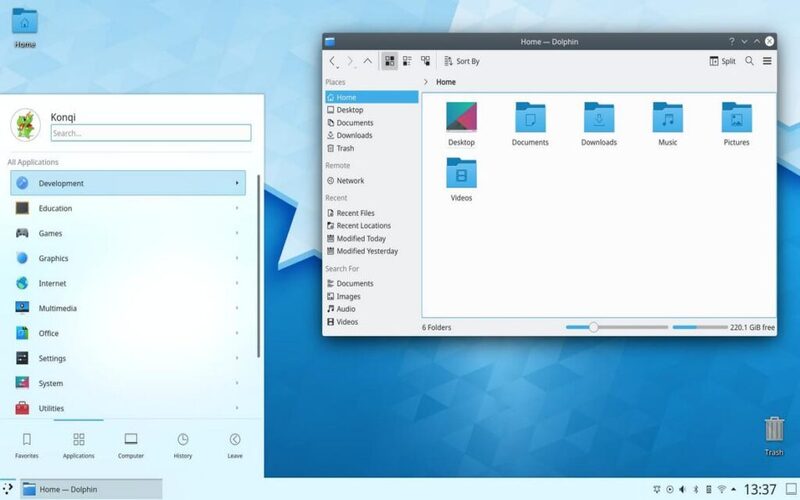
12. Ubuntu 17.10
Previously, Unity served as the default desktop environment for Ubuntu until Ubuntu 17.10. It offers an intuitive interface with a dock and a sidebar, making through applications and tasks. Unity, with its distinctive launcher and global menu, offered a unique user experience on Ubuntu. It aimed to simplify multitasking by providing a centralized location for accessing applications and managing windows. Though no longer the default, Unity’s design elements and features continue to be appreciated by many Ubuntu users.
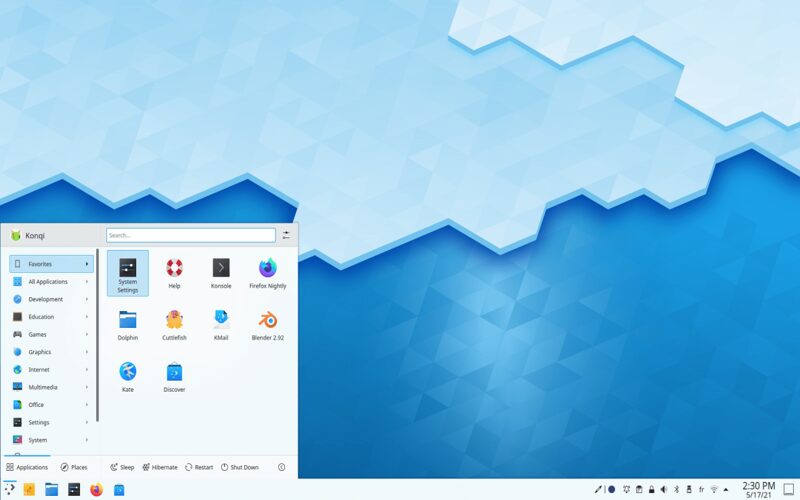
13. i3
i3, a tiling window manager, is known for its focus on simplicity and efficiency. It offers users the convenience of managing Windows effortlessly using keyboard shortcuts, allowing for an efficient workflow. I3 provides a clutter-free desktop environment that maximizes productivity and minimizes distractions. This minimalistic approach has made it the preferred choice for users who value an organized desktop experience.
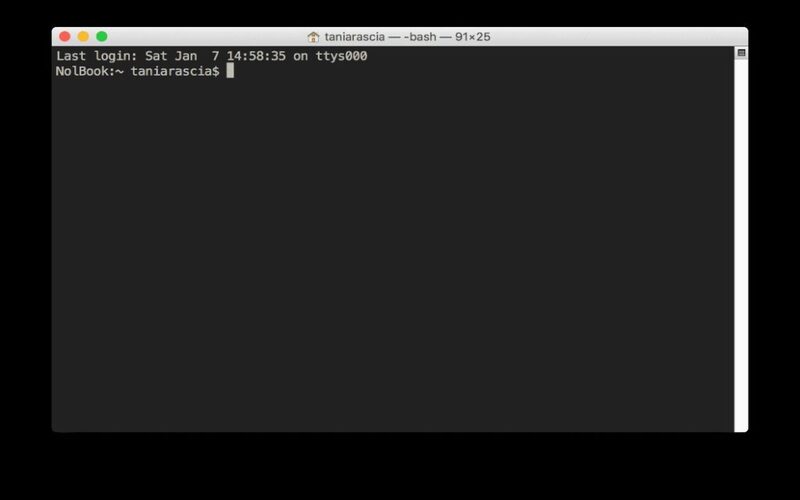
14. XMonad
Another minimalistic tiling window manager, XMonad, promotes productivity by organizing windows. It is highly customizable and extensible, making it a favorite among users.
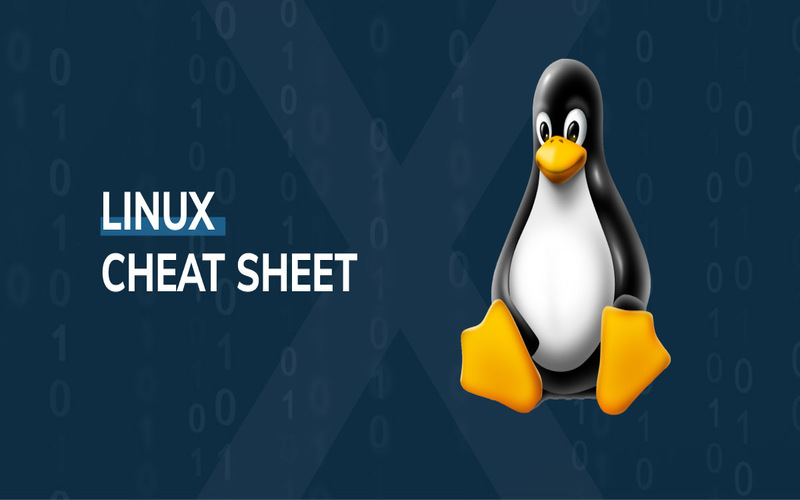
15. Openbox
Openbox is a window manager that offers a minimalistic interface. It provides control over window management. It serves as the foundation for other desktop environments.

16. Fluxbox
Fluxbox is renowned for its configurability, lightweight nature, and swift performance as a window manager. It presents users with a user-friendly interface that prioritizes usability and efficiency. Fluxbox allows customization to tailor the desktop environment according to needs and preferences. Its lightweight design ensures resource consumption and a fast and responsive window management experience. Fluxbox is a choice among an efficient and customizable window manager that boosts their productivity and workflow.
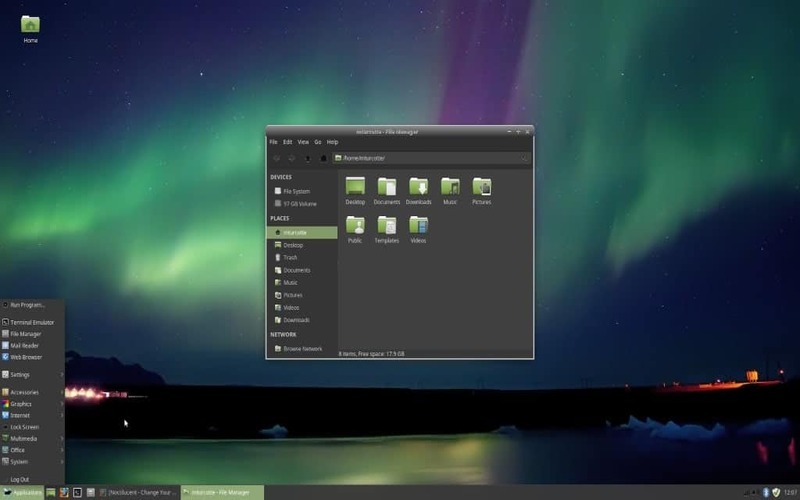
17. Awesome
It is a dynamic window manager that draws inspiration from the DWM window manager. It prioritizes flexibility and customization, enabling users to arrange their desktops to suit their preferences.
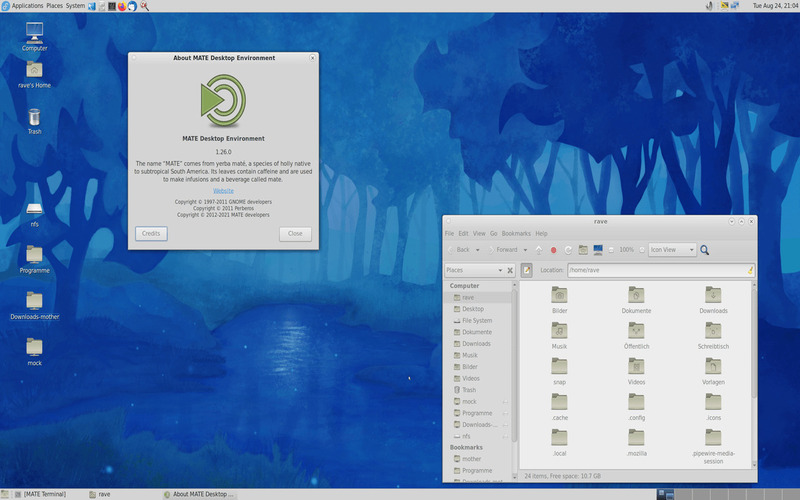
18. IceWM
IceWM is highly respected for its user-friendly nature and simplicity, making it a popular choice as a window manager. It provides an interface with elements like a taskbar, a system tray, and customizable themes. It ensures users feel comfortable and at ease in their desktop environment. IceWM’s design prioritizes ease of use, making it an excellent option for those seeking a hassle-free window management solution. Moreover, the ability to personalize themes allows users to create desktop experiences.
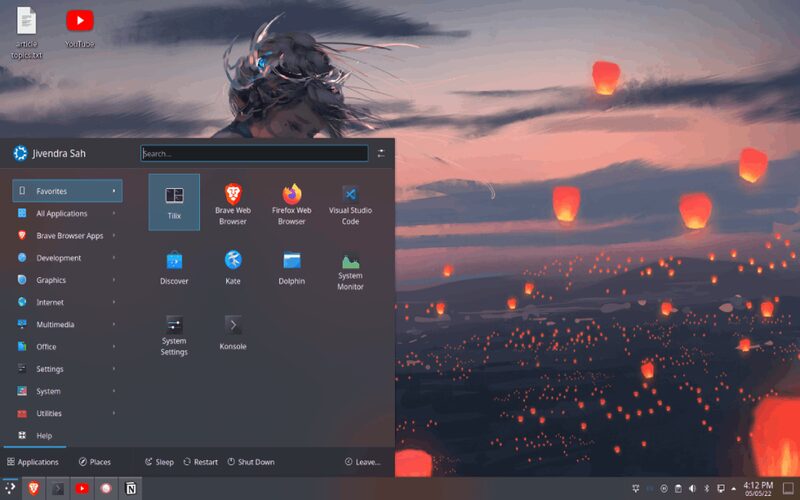
19. LXDE
LXDE is a fast and energy-efficient desktop environment. Its user interface is straightforward. It requires system resources, making it particularly suitable for older or low-end hardware.
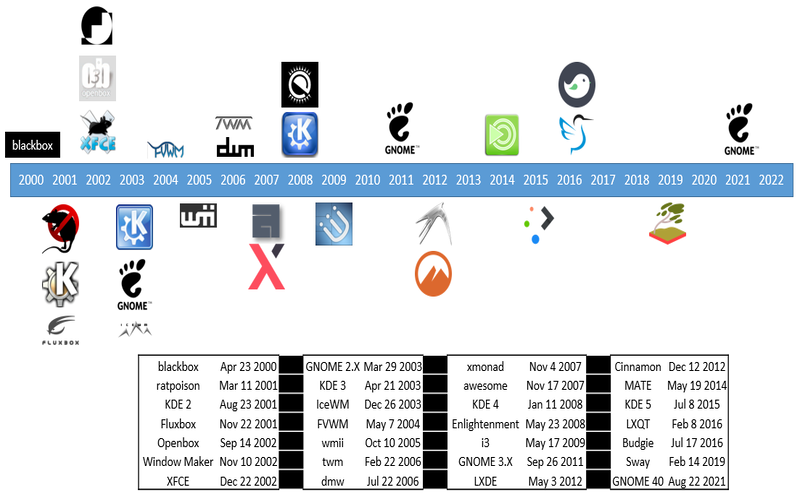
20. Blackbox
Blackbox is known for its simplicity and customization options. It provides an interface without burdening system resources. Blackbox is a window manager known for its simplicity and lightweight nature. It allows users to personalize their interface to their preferences. Despite its minimalistic approach, Blackbox does not burden system resources, resulting in a fast and efficient user experience1.
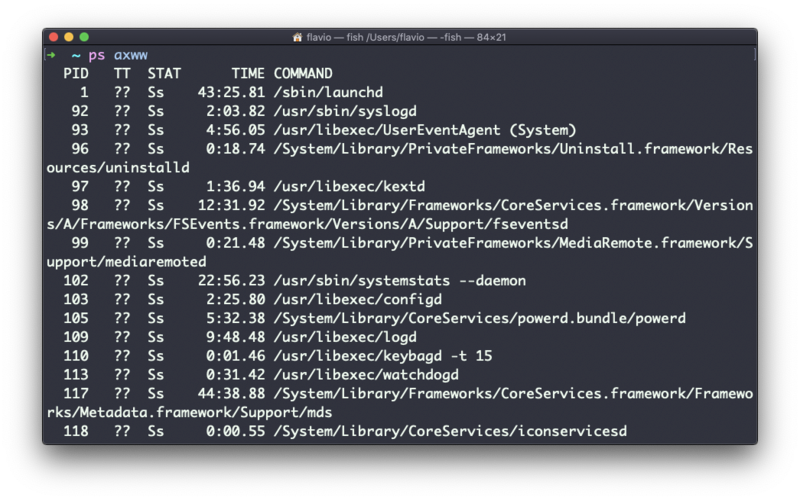
Conclusion
Linux presents an array of desktop environments with features and visual styles. Whether you prefer a visually appealing interface or prioritize efficiency, Linux offers diverse options tailored to your needs. These options allow users to personalize their experience and boost their productivity on the Linux platform.




















